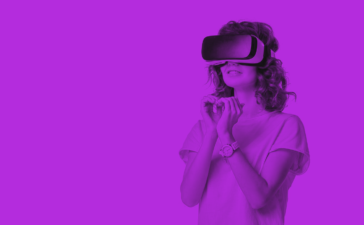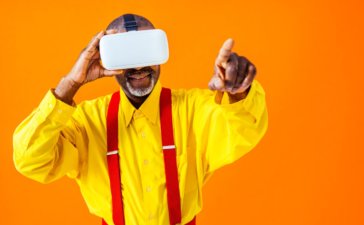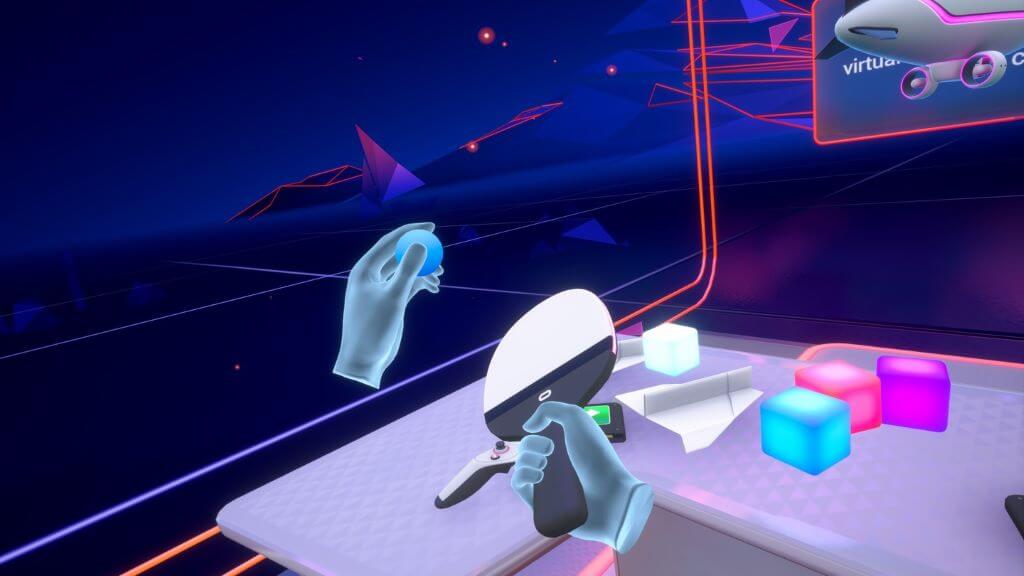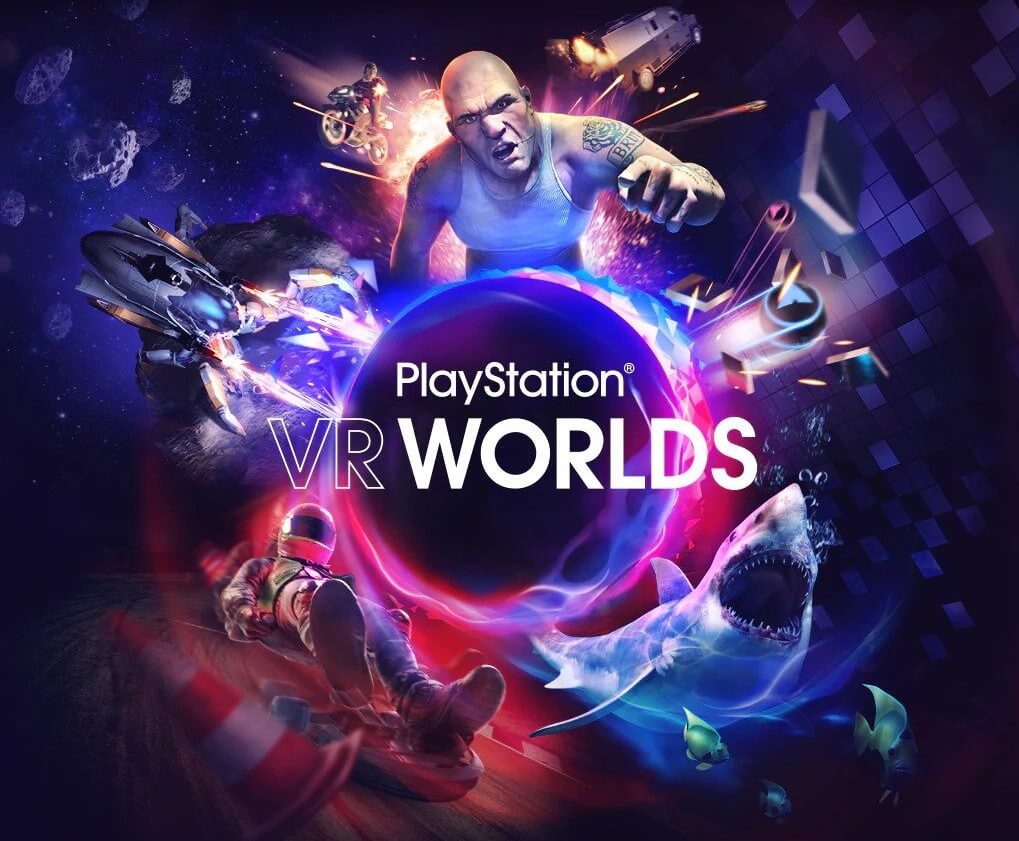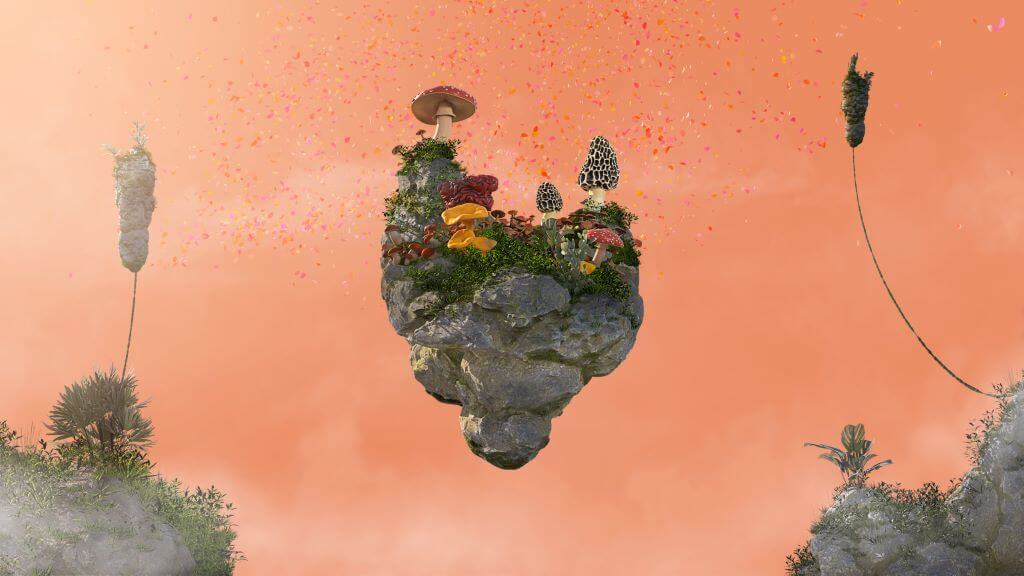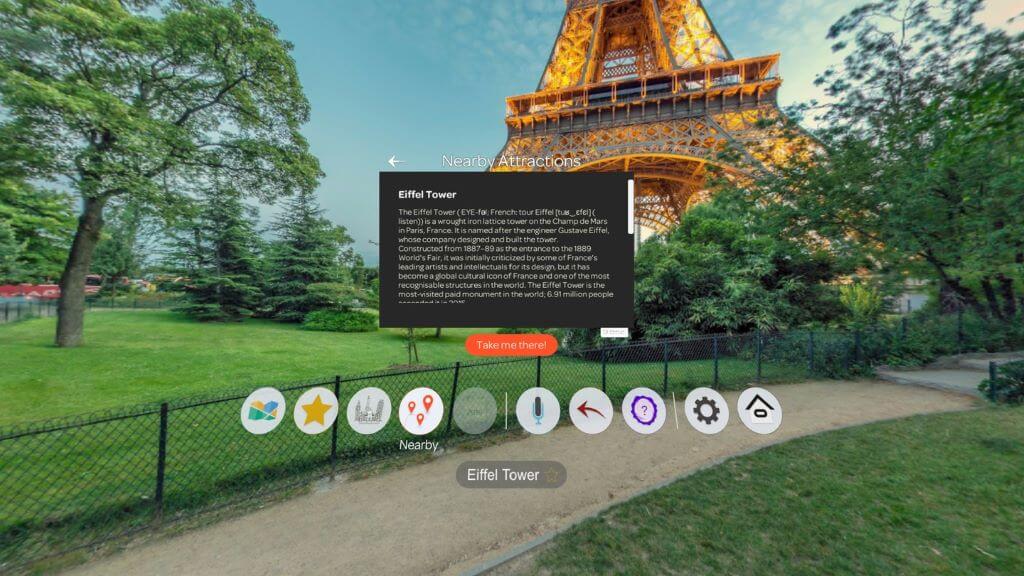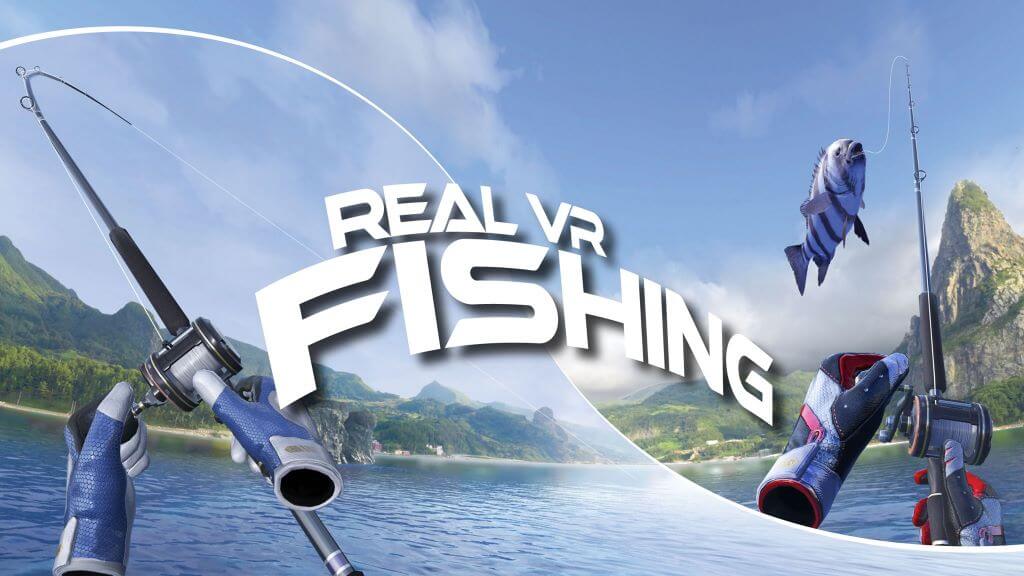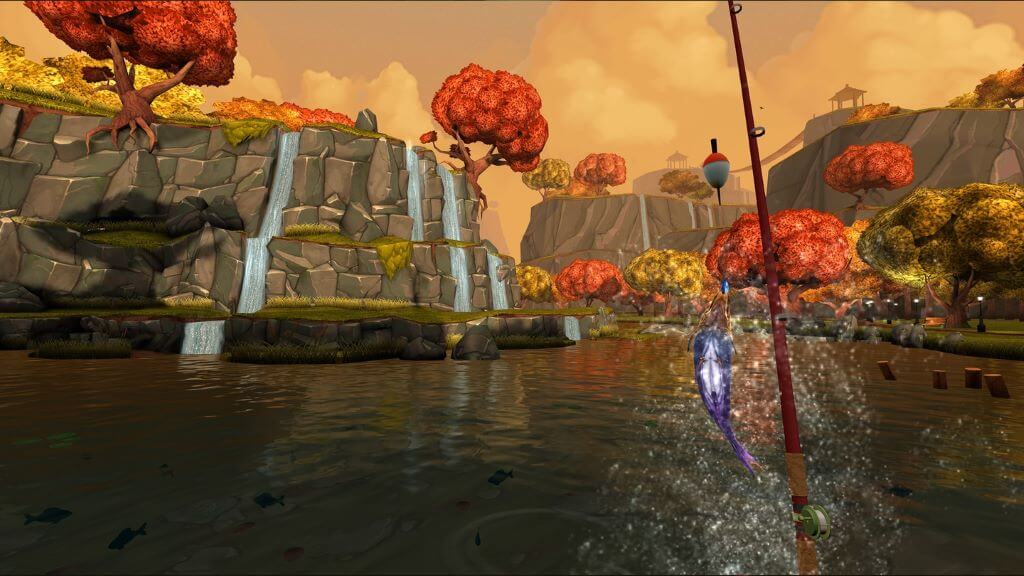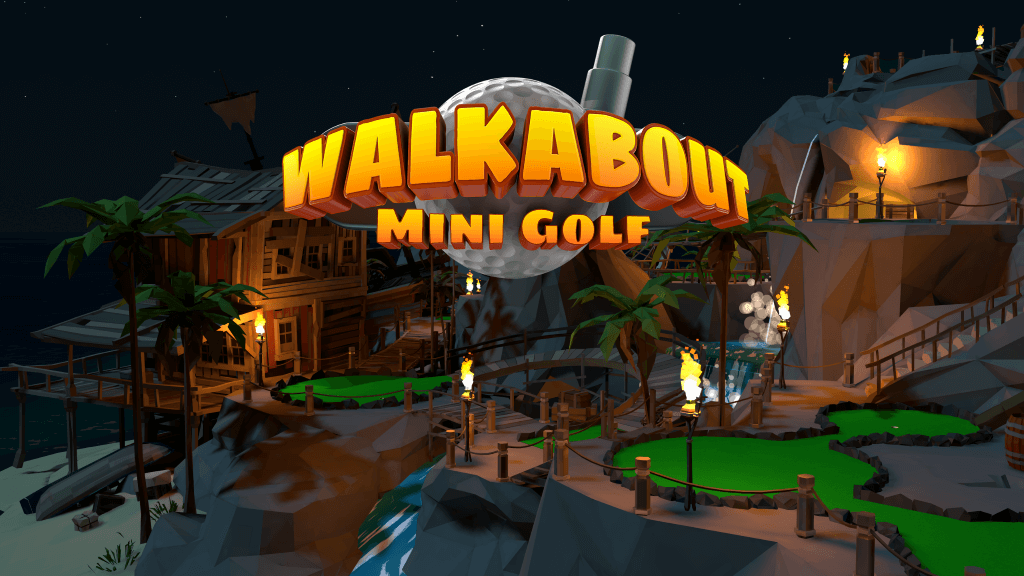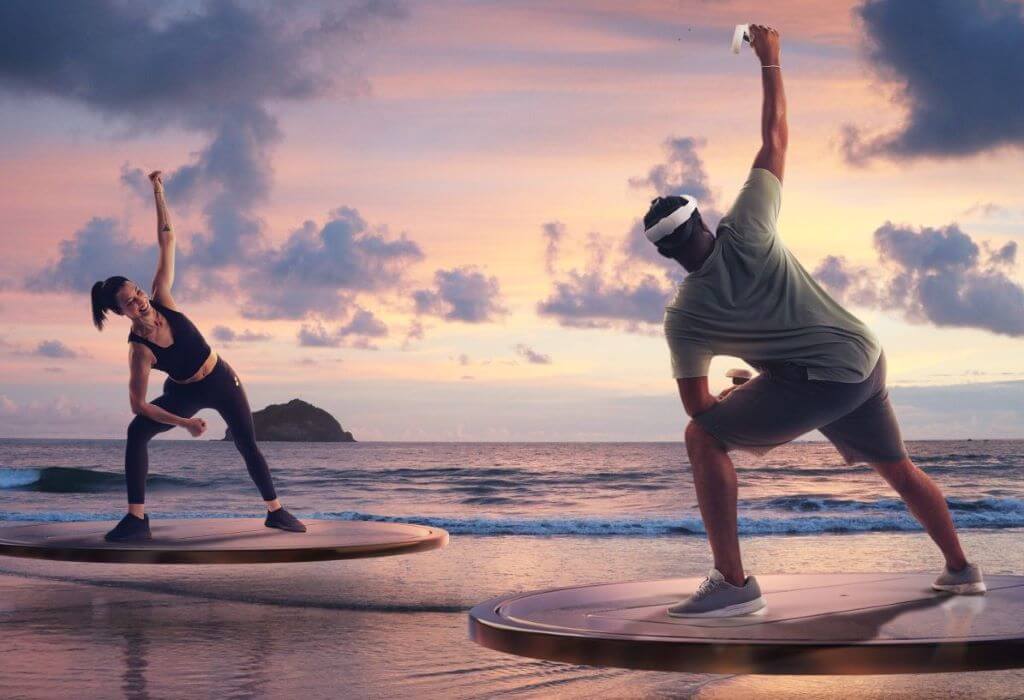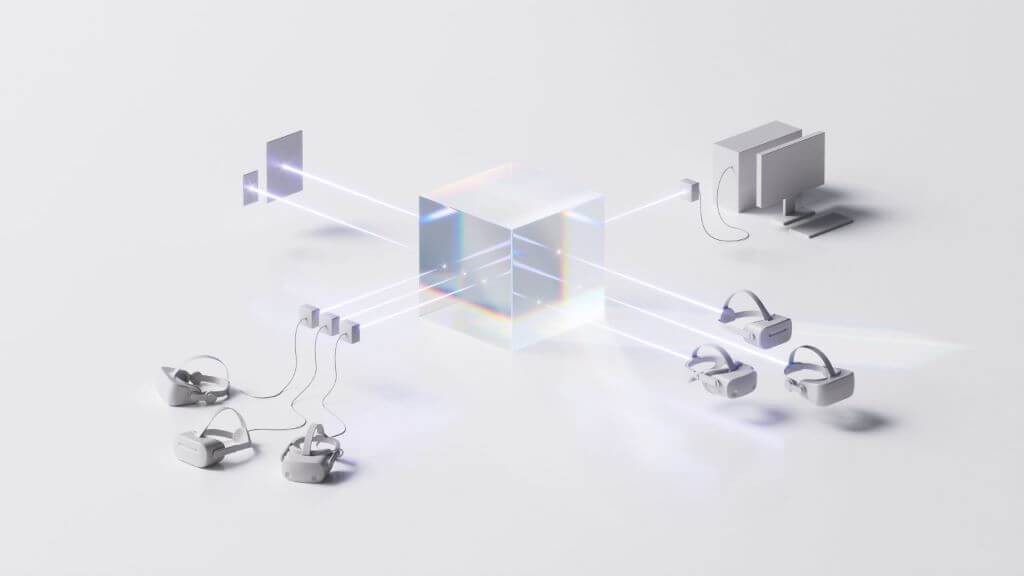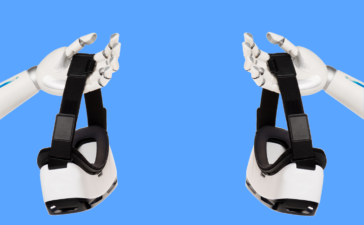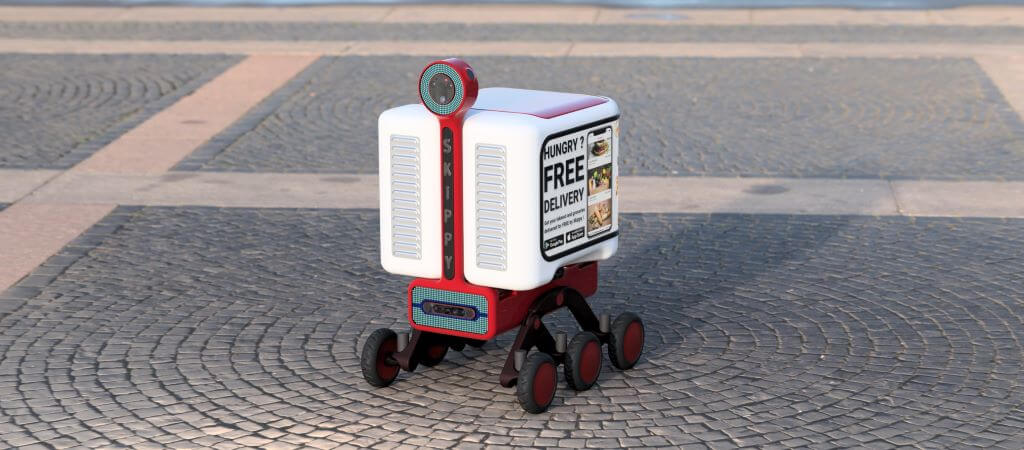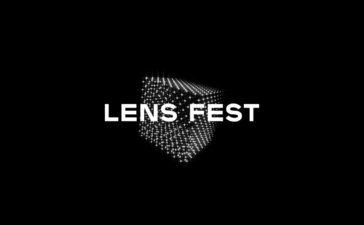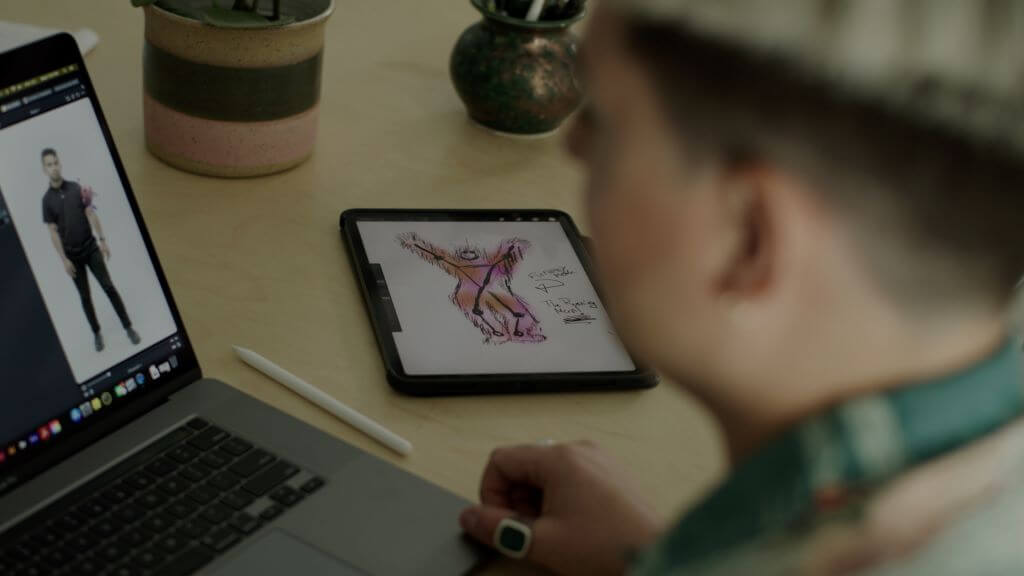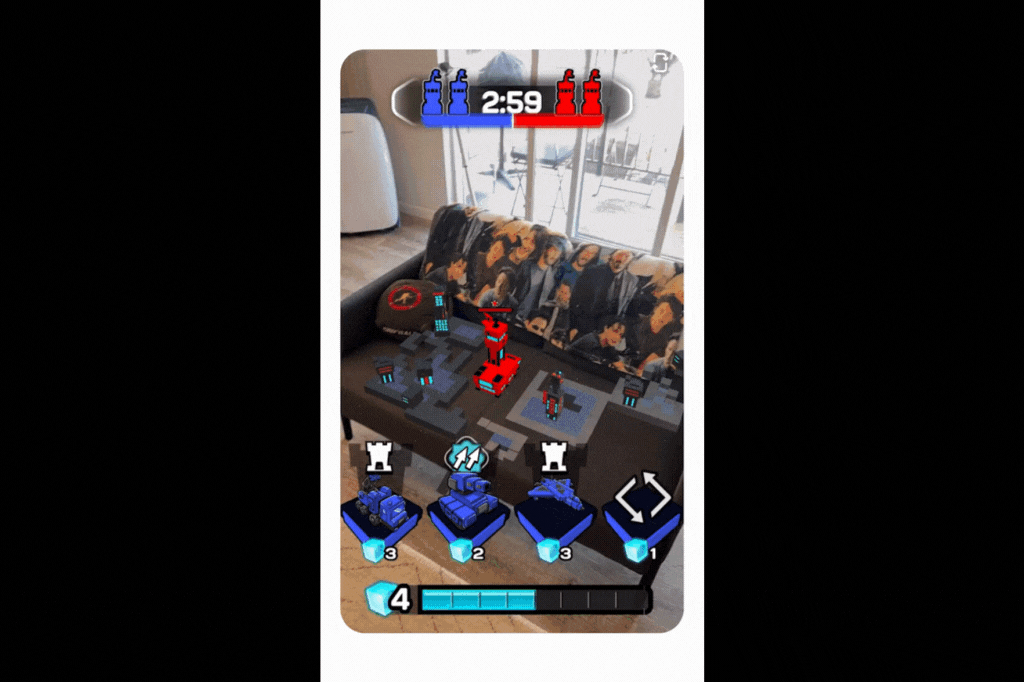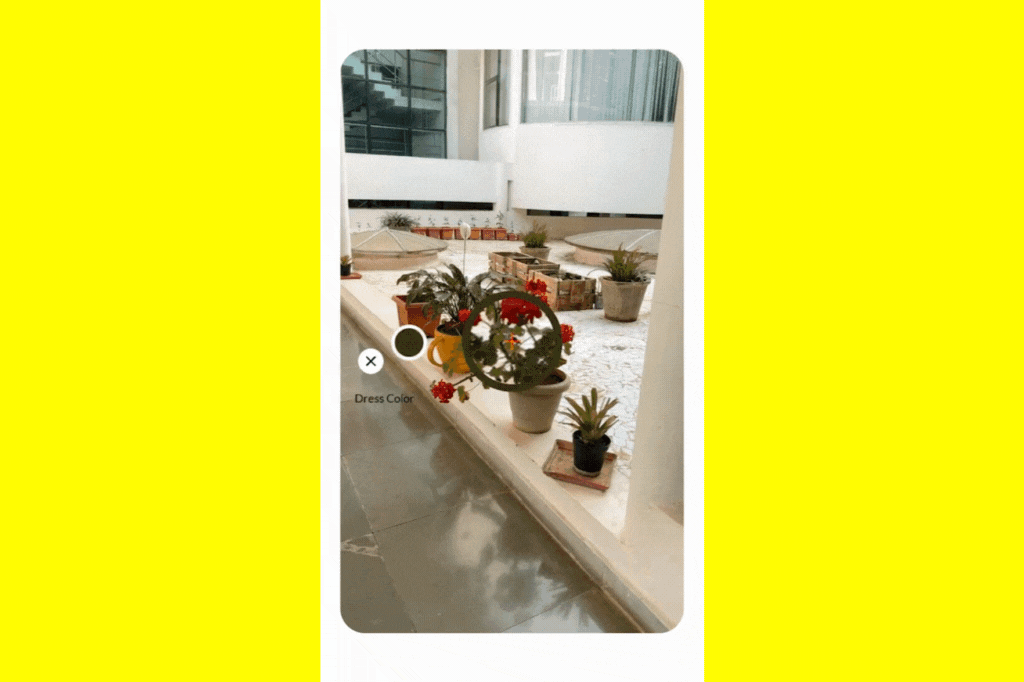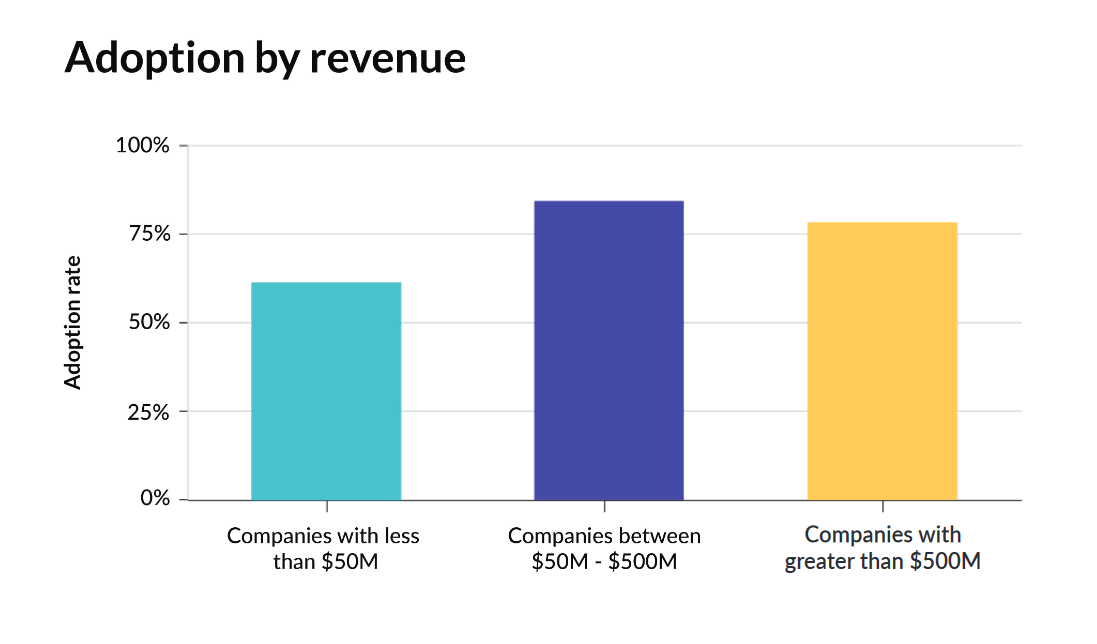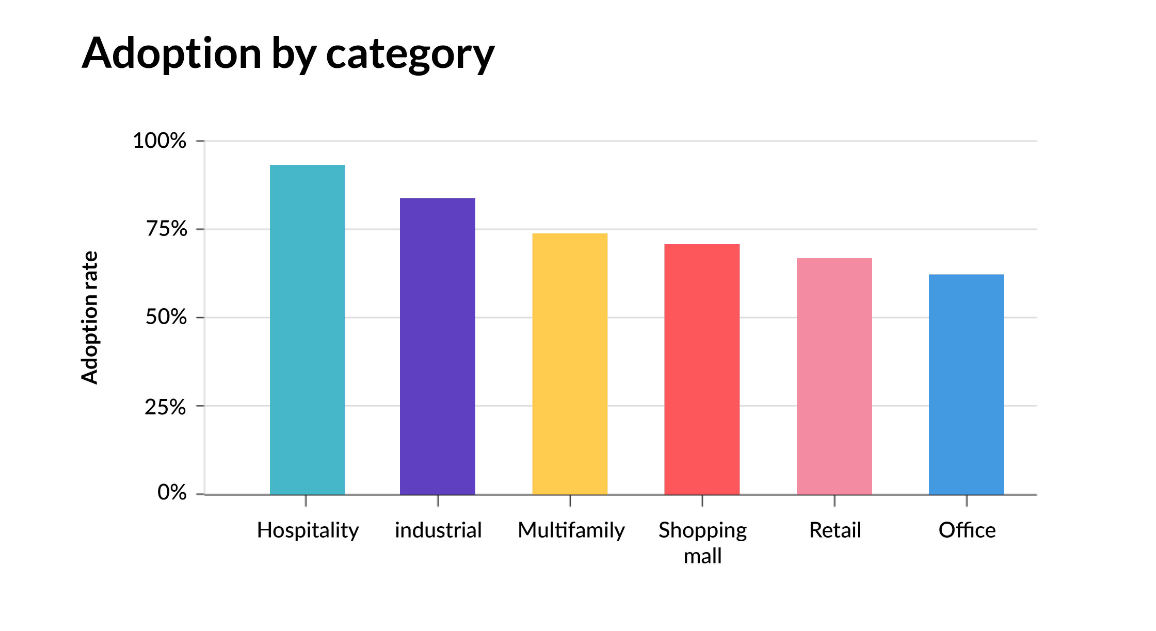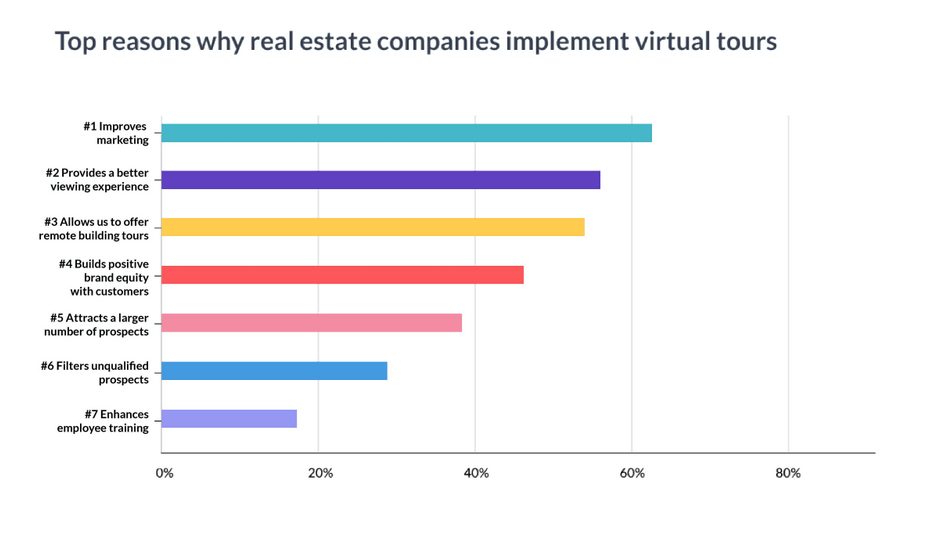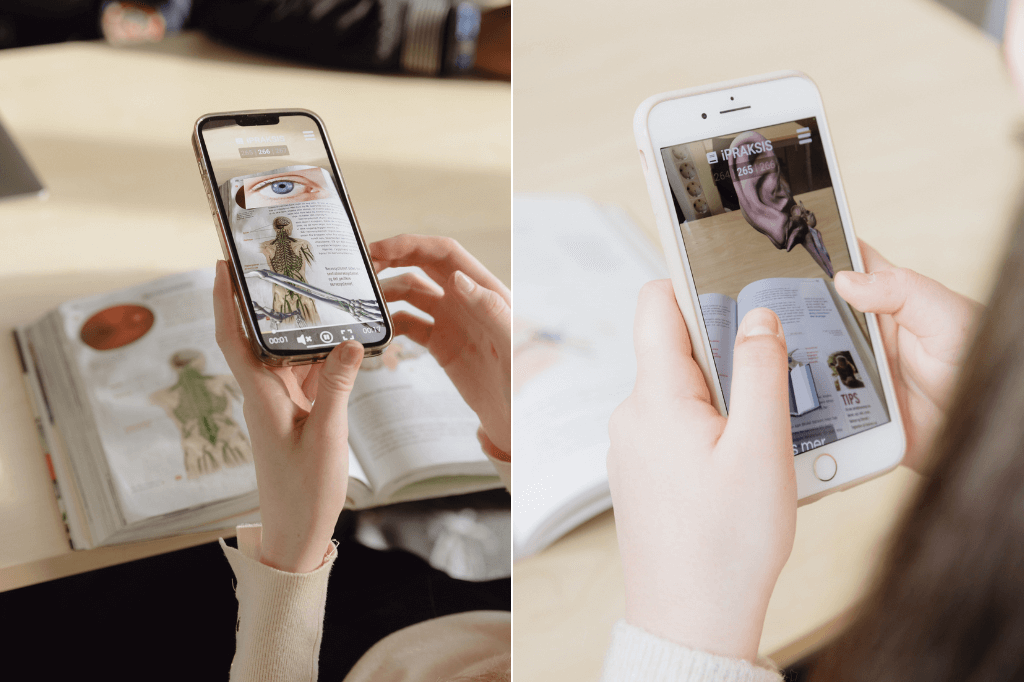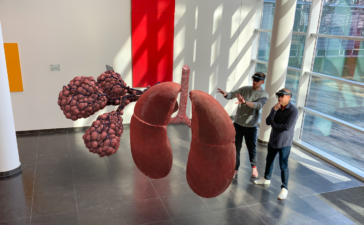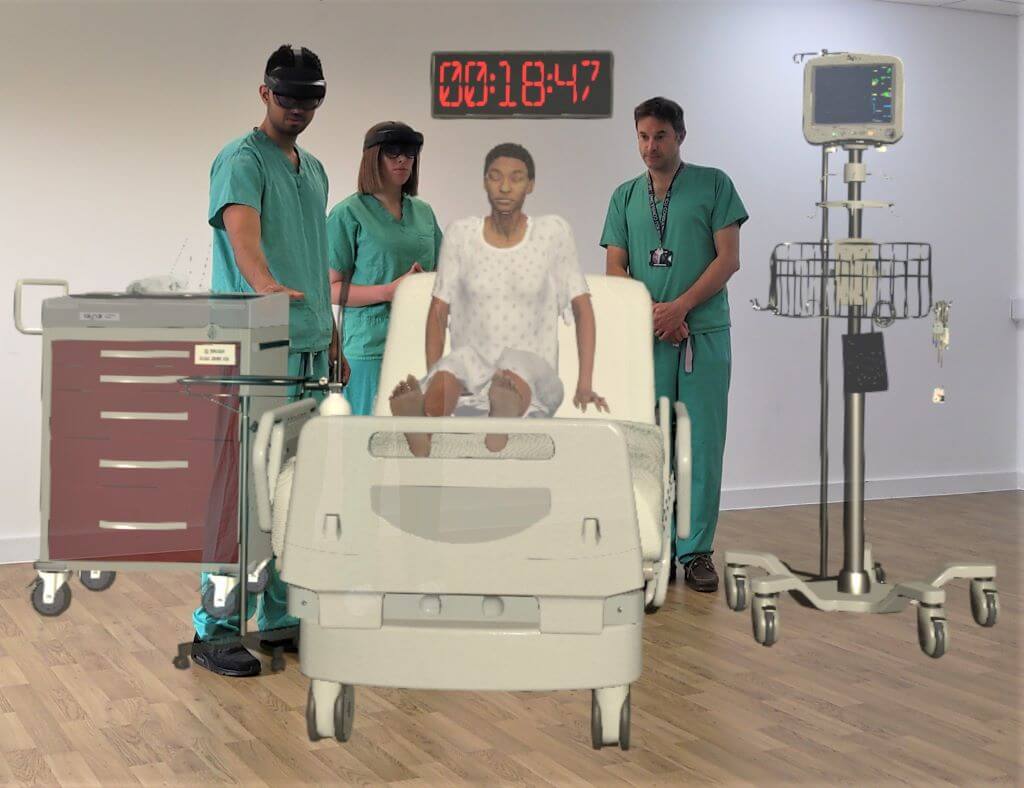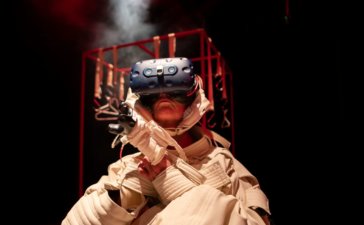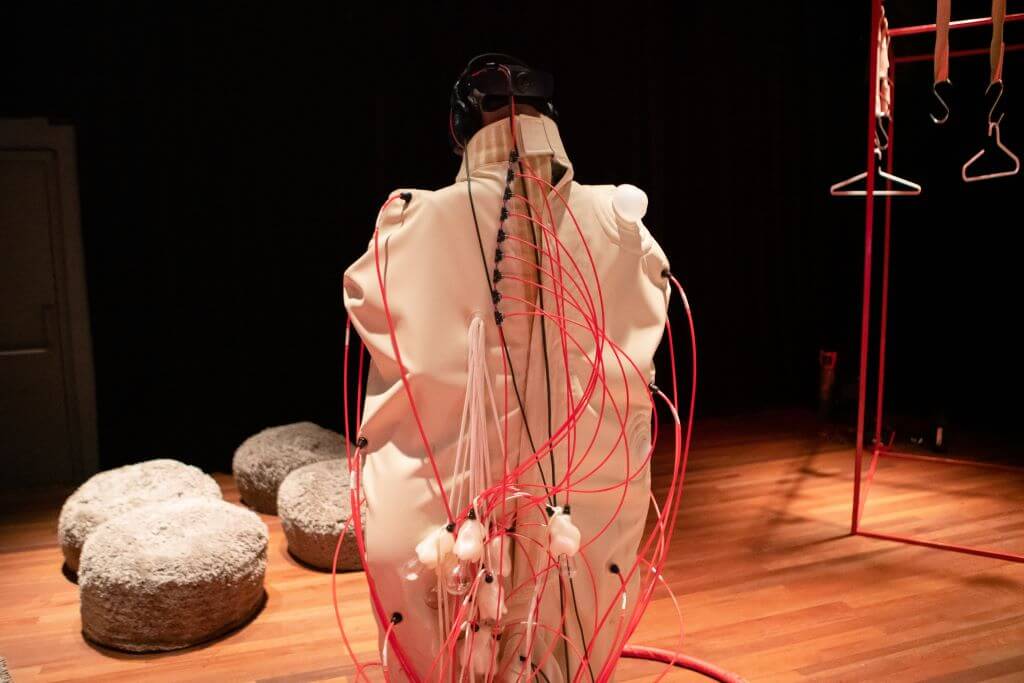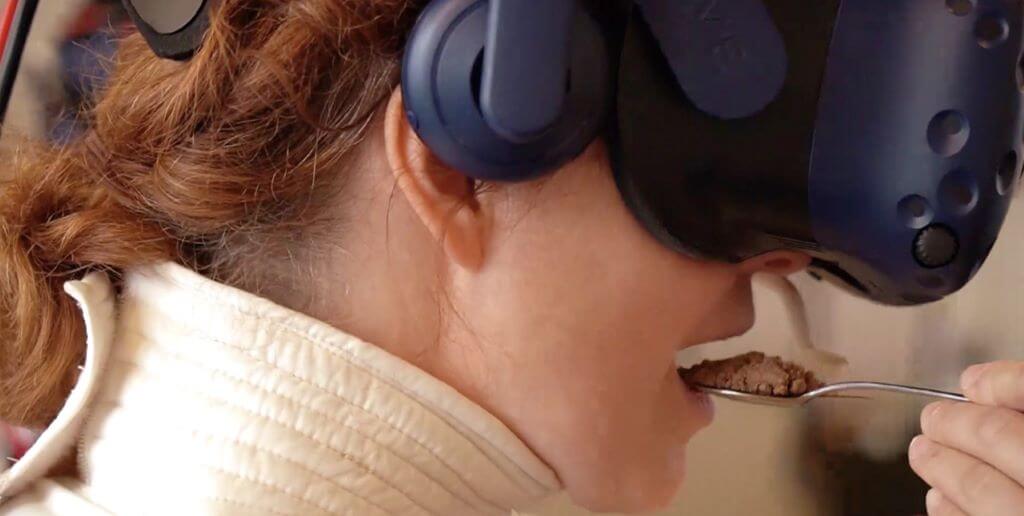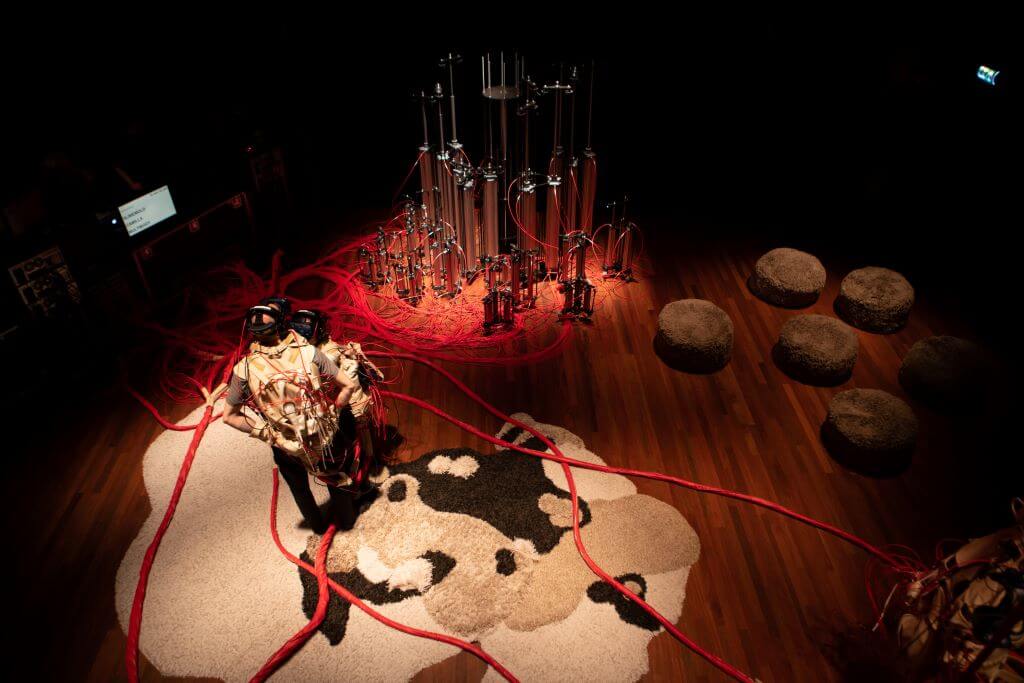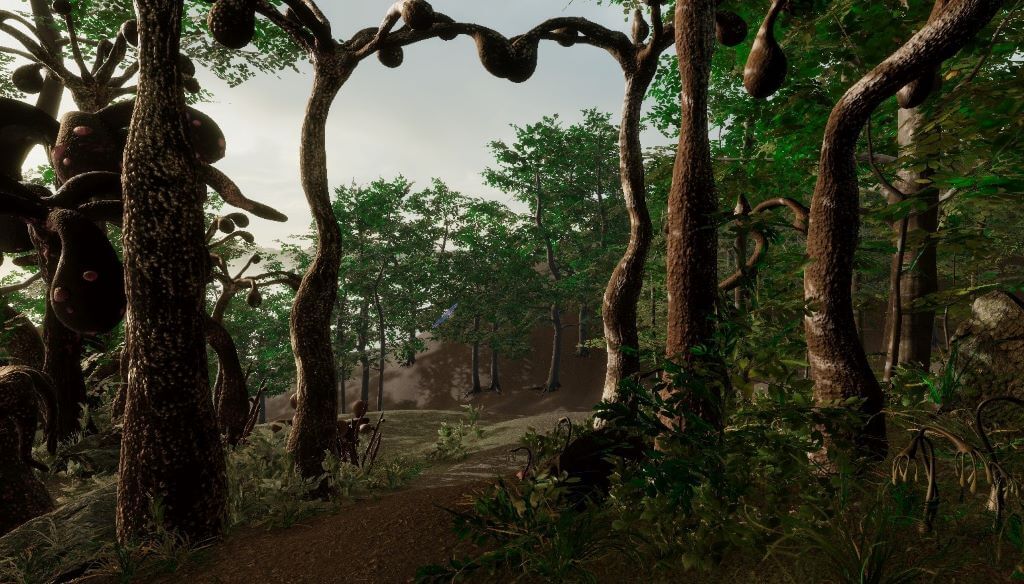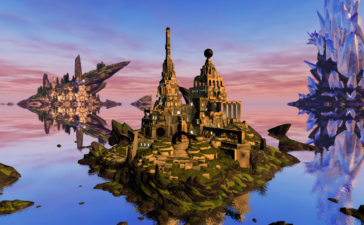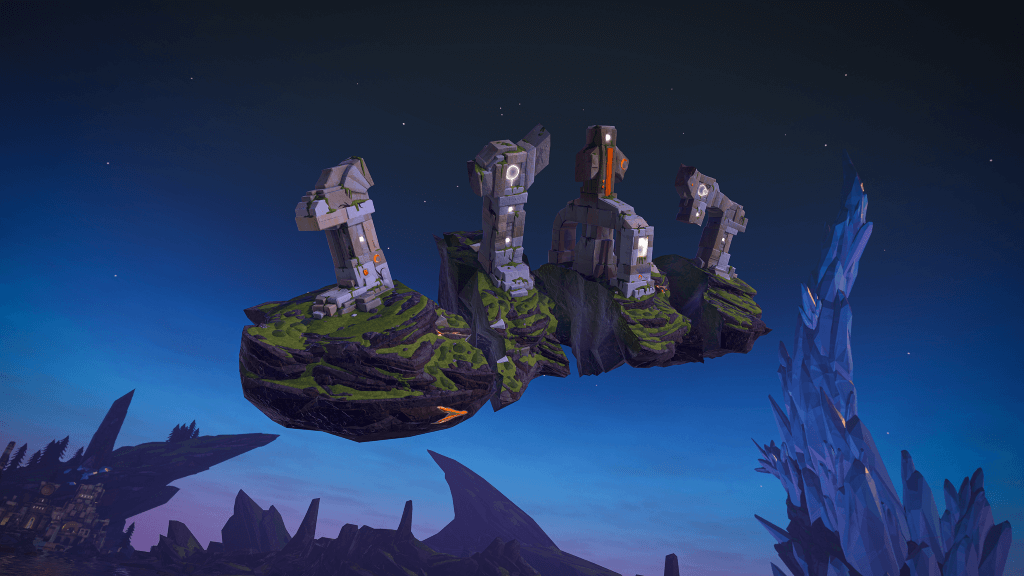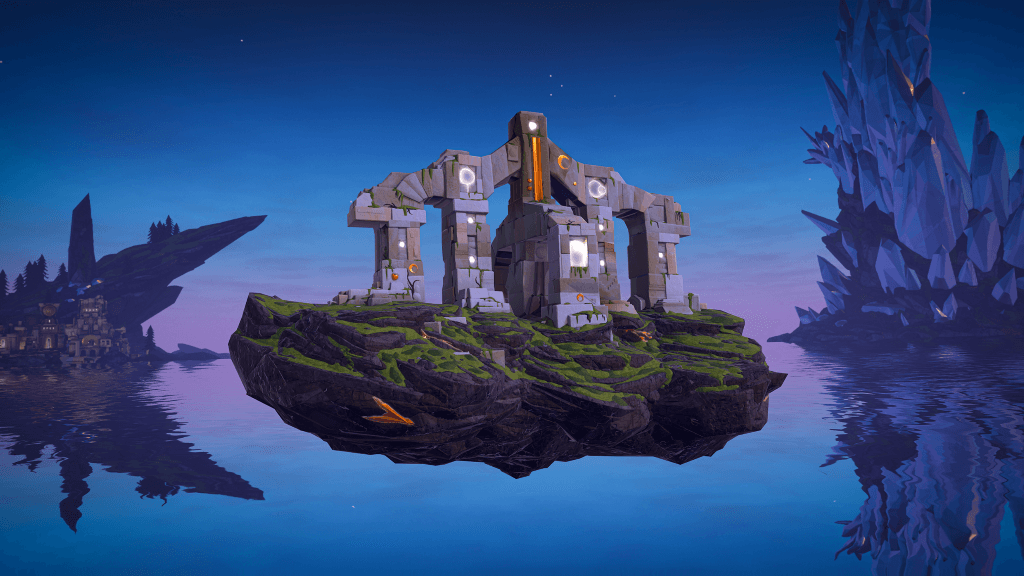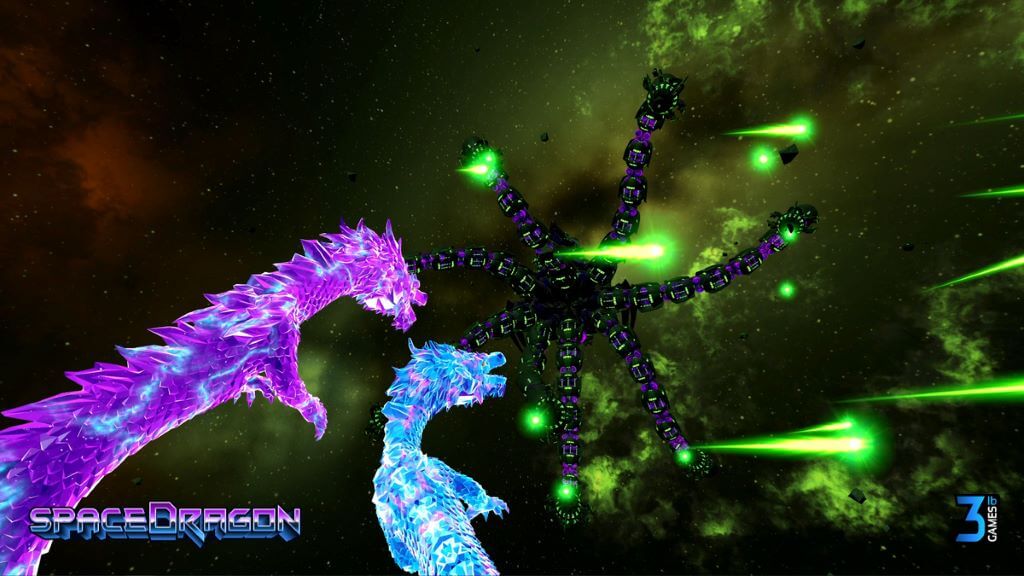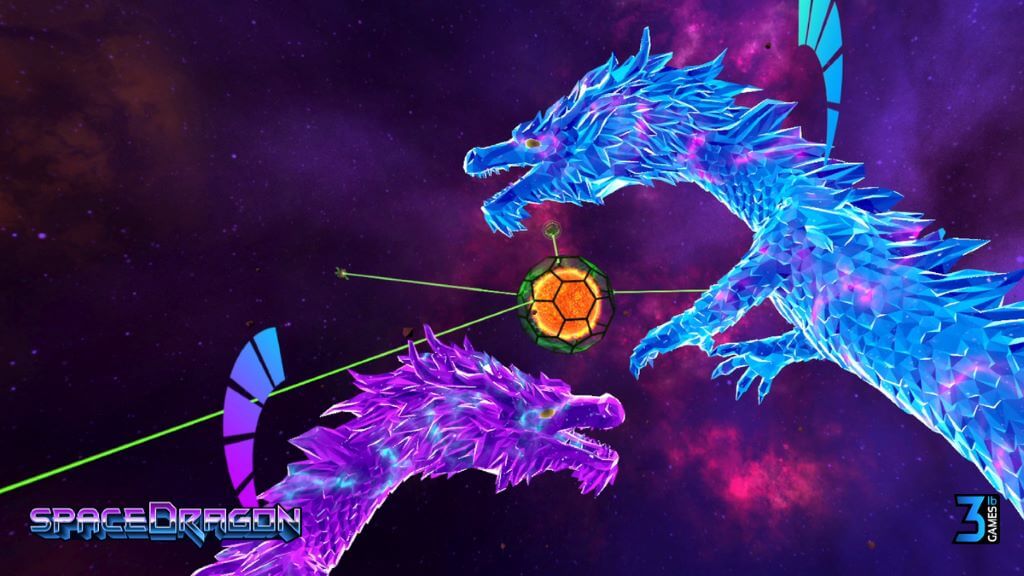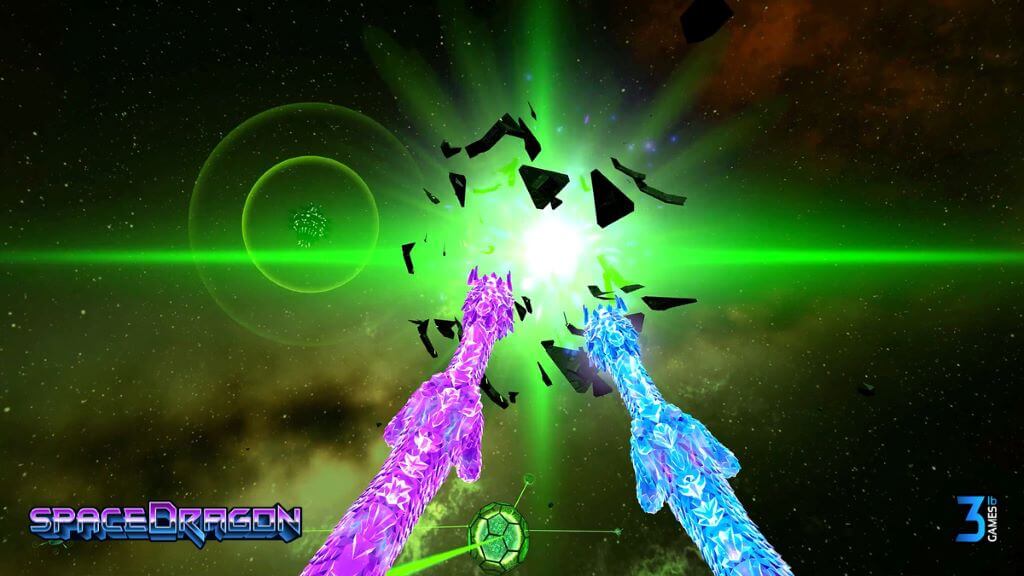Applications of Virtual Reality for Nonprofits
Nonprofit leaders always seek ways to raise funding and spread awareness about their causes. You wouldn’t think technology has anything to do with this since you mostly see commercial companies investing in it.
However, times have changed, and technology has become more accessible. Therefore, some nonprofits have started using virtual reality technology to assist them in their fundraising efforts.
Here are some examples of how organizations are applying VR for charity initiatives.
Spreading Awareness of Causes
When nonprofits talk to potential donors, bringing their causes to life can be challenging. The intention is to stir an emotional reaction so people feel compelled to donate.
Images can be useful tools, but there’s nothing like the effectiveness of a first-person view of what someone is experiencing.
For instance, this could be a virtual reality video that provides a perspective of someone’s daily life if they have dementia. VR headsets let nonprofits show the donor how they would be helping someone.
Increased awareness of a nonprofit’s message is not the key to increased donations. Relationships built from stronger awareness means donors will be more likely to support organizations financially. Organizations must form trusting relationships with donors to confirm their funds are making an impact. VR enables donors to connect with the people they’re helping.
Bringing an immersive experience to donors lets them see the people they are helping. Instead of using meaningless reports, organizations can remind supporters how much their donations mean to their cause.
Educating Employees
Nonprofit organizations can apply VR technology to teach employees the manual skills needed in case of emergencies. This tech is excellent for introducing processes and getting people to participate in solving a problem.
Detailed guidance allows employees to learn how to perform a procedure correctly. One successful VR application in nonprofit education is the Lifesaver app, which teaches people how to help others if they experience cardiac arrest. It shows you how to conduct CPR and act during an emergency.
This app helps perceive the force and frequency of movements to determine if someone is executing CPR correctly. If they don’t, they must restart until they get it right.
Garnering Attention Through Storytelling
Most businesses use video content to capture the attention of their audience. One way they achieve this is by telling a story.
Storytelling is key to standing out and helping people remember the organization. However, part of ensuring it holds their attention is through the quality of video content. Nonprofits can immerse users in virtual reality and draw attention to the issues and solutions they’re advocating.
Applying Gamification
Sometimes preaching alone isn’t enough to receive donations. Therefore, organizations have to think out of the box to continue raising awareness. They can do this through gamification.
Gamification is an excellent tool for boosting interest and engagement. Games can reward players with badges and educate them about a nonprofit’s cause.
Nonprofits can incorporate gaming into VR to make the experience more engaging. For example, they could create an immersive scavenger hunt experience that translates to monetary donations. This can produce a fun experience for donors and encourage more contributions.
Organizing Events
Another way nonprofits leverage VR is by hosting online events such as meetings, conferences, and summits. This guarantees greater attendance than gatherings that are just in person. Participants can discuss social issues, play interactive games and watch movies.
UNICEF has held events like these and prepared the content for an international audience. It had voiceovers translating the content into different languages.
Providing Access to the Inaccessible
VR goes beyond connecting people from faraway locations. It also takes users to places where it’s impossible to go. For example, The Body VR can take you inside the human body and allows you to explore, including examining the bloodstream and explaining how research is expanding leukemia treatments.
Tech like this could also showcase tours through sewage pipes and streams so people can see how plastic ends up in the ocean.
VR can make it possible for organizations to help people visualize complex concepts of philanthropic causes.
Offering Tours
Automotive and architecture industries have already started using VR to showcase the inside of a car or new building.
Nonprofits can use the same approach by helping donors visualize a new hospital wing or a clean waterway. VR headsets allow users to see what a project would look like in real life — getting people excited about what possibilities a nonprofit could create.
There’s nothing quite like seeing concepts come to life, and this could prompt additional financial support for various projects.
Virtual Reality Is Solving Problems
Virtual reality isn’t only for gaming and entertainment. It can also bring attention to global causes and inspire people to join their initiatives. Nonprofits need to embrace everything technology offers if they truly want to make an impact.
VR proves that immersive content works, and nonprofits should use it to their advantage. It can help them increase donations and do more good in the world.
Guest Post
Applications of Virtual Reality for Nonprofits Read More »
